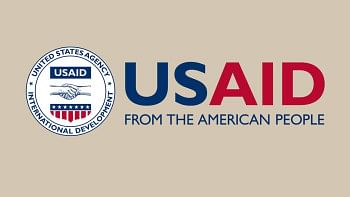Bullying of children in mainstream education

Bullying can be defined as persistently aggressive acts in a relationship where there is a power imbalance. Among children, some can have more power than others because of advantages in age, height and/or strength, appearance, popularity or social standing, intelligence or other talents, wealth, or membership in a dominant social group.
School-aged children most commonly engage in verbal bullying (like name-calling) and social bullying (like spreading rumours or purposefully excluding), though physical bullying of course also occurs in this age group. Compared to their neurotypical counterparts, children with special educational needs are, according to research, more frequently victims of bullying. Because of the social, emotional, and behavioural challenges that they present, children with special educational needs are often resented by their peers.
Bullying is not a trivial matter. Bullying can easily lead to poor social and emotional adjustment, low levels of school commitment, depressive episodes, anxiety, psychosomatic symptoms, and clinically significant social problems like substance abuse, taking weapons into school, and physical fighting. Educators need to acknowledge the dangers of bullying, act to support its victims, and prevent it from happening in the first place.
Numerous studies have indicated that the biggest obstacle we face in the struggle against bullying is educators' lack of acceptance of the issue—that is, either denying there's a problem or denying they have responsibility for it. Many educators lack the necessary skills to recognise many forms of bullying.
Also, many educators lack the skills to properly understand and handle children with special educational needs, and those educators can end up being themselves resentful towards those children for the challenges they present and so effectively supportive of those who bully them, causing that bullying to escalate.
The basic solution is raising awareness among all the relevant parties: teachers, principals, peers, and parents of peers. This is accomplished through training. Training should cover the characteristics of children with special needs, the many forms of bullying, the fallout from bullying, the advantages of empathy, and the positive role that children with special needs can play in the classroom and, thereafter, in society if they are properly accommodated.
In the end, the calm, welcoming, and understanding educational environment that such training would facilitate would be to the advantage of all students, not just those with special educational needs.
The writer is an educational psychologist.
E-mail: [email protected]

 For all latest news, follow The Daily Star's Google News channel.
For all latest news, follow The Daily Star's Google News channel. 



Comments